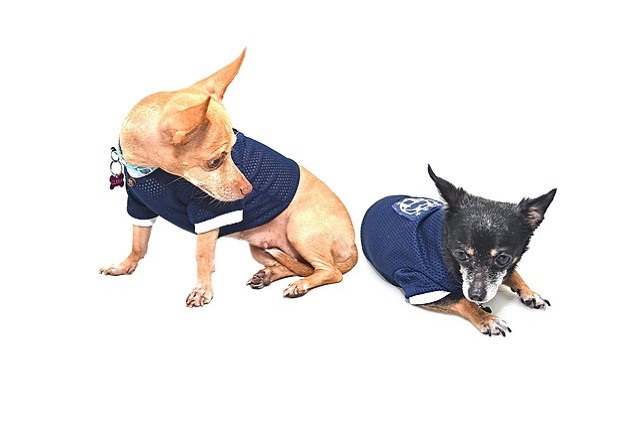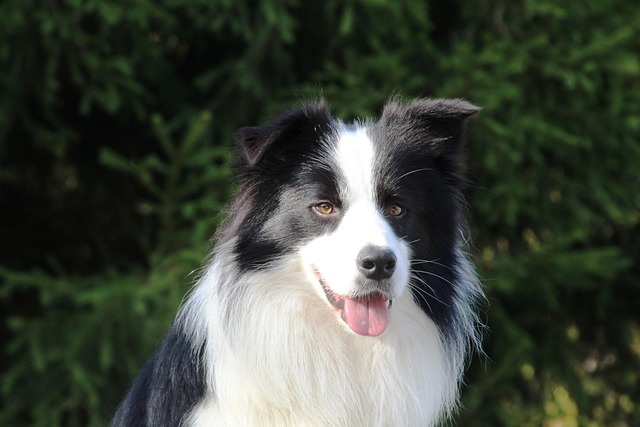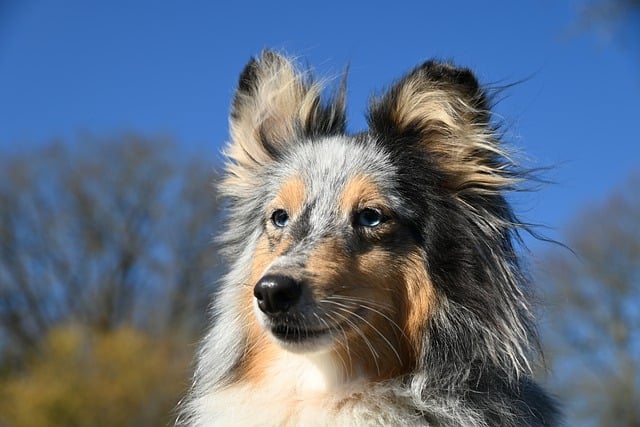When night falls, the piercing howls of Alaska often leave their owners helpless and confused - why does this seemingly gentle giant dog always use such a loud voice to break the tranquility? From the wolf like inheritance in genes to the stress response to environmental changes, from the expression of physiological needs to the release of psychological emotions, every howl is an "emotional diary" written by Alaska with a unique voice, requiring us to interpret the code behind it from a professional perspective and respond to this cross species communication desire with gentleness and patience.
The howling of Alaska originated from ancient genetic memory. As sled dogs, their ancestors transmitted information and maintained their population through howling, a behavior that was partially preserved after domestication. Zoologists have found that the howling frequency in Alaska is highly similar to that of Arctic wolves, especially on full moon nights, where the howling frequency unconsciously increases. This may be a genetic memory of the wild ancestor's "moon night gathering howl" behavior. There have been records from breeders that when an ambulance honks in the distance, Alaskans at home immediately respond with howling. This "frequency resonance" proves that their response to specific sound waves has already been engraved in their genes, just like humans unconsciously hum along with familiar melodies.
Loneliness anxiety is a common trigger for howling. Alaska, as a dog breed highly dependent on humans, is prone to separation anxiety when alone. The surveillance footage often shows that after the owner leaves home, Alaska will first pace at the door and then emit a long howl, which is highly similar to the sound of young wolves calling out to their mother. A host shared that during her business trip in Alaska, she started howling at her usual home time every day, until her neighbors played her recording before temporarily calming down. This kind of howling of "time correlation" is essentially an urgent expectation for the "return of the master", like a child calling out their mother's name in a strange environment.
Environmental stimuli may trigger howling behavior in Alaska. Sudden sounds (such as thunder, firecrackers), pedestrians and vehicles outside the window, and even the sounds of other animals can trigger Alaska's "alarm style howling". A homeowner living in a street facing apartment discovered that whenever a deliveryman rings the doorbell, her Alaskan will continue to howl until people leave, a "territorial defense" behavior originating from the early duty of sled dogs to guard the campsite. What's even more special is that Alaska is extremely sensitive to the howling sounds of its own kind. There have been cases where when an Alaskan starts howling in a community, the same kind within a hundred meters will respond one after another, forming a "collective chorus", which is a modern interpretation of the cooperative instinct of dogs.

Wrong coping strategies may reinforce howling behavior. When Alaska howls, it immediately soothes them, making them think that "howling=owner's attention". One owner reluctantly shared that her Alaska learned to use howling to demand snacks; Beating and cursing can exacerbate anxiety, leading to howling escalating into aggressive barking. A behaviorist once conducted a comparative experiment: owners in Alaska who adopted the "ignore reward quiet" strategy for howling reduced their dog's howling frequency by 68% within two weeks, while owners who resorted to physical punishment increased their dog's howling by 23%. This "reverse motivation" lesson proves the importance of scientific guidance.
Scientific guidance can gradually reduce unnecessary howling. Desensitization training can reduce the impact of environmental stimuli: record the sound that triggers howling (such as doorbells), start playing at the lowest volume, while feeding snacks. Train for 10 minutes a day, increasing the volume by 5 decibels per week until Alaska can face it calmly. One master used this method to make Alaska, which was afraid of thunder, sleep safely in rainstorm three months later. The "energy expenditure method" is effective in reducing lonely howling: ensuring at least 2 hours of high-intensity exercise (such as sledding and agility training) in Alaska every day can reduce the desire to howl when the body is tired. A dog trainer once compared it to: "Alaska, exhausted and paralyzed, doesn't even have the strength to howl
Establish a 'quiet reward' mechanism to reshape behavior patterns. When Alaska remains quiet in the triggering scene, immediately give the highest level of reward (such as beef jerky+enthusiastic praise) to make it understand that 'silence=good things happen'. A homeowner designed the "Quiet Medal" system, where whenever a dog passes by without howling, it is given a fragrant medal. This dual reward of "visual+olfactory" has reduced the howling frequency in Alaska by 70%. For Alaska with separation anxiety, "progressive separation training" is essential: starting from 5 minutes away, gradually extending the time, staying calm every time you come home, and avoiding excessive soothing. This "trust building" is like building a bridge, making dogs understand that "leaving does not mean abandoning".
When one morning, no longer awakened by the howling of Alaska, but seeing it lying quietly in the sunshine, the calmness exchanged for understanding will make all efforts meaningful. Those nights of reading materials late at night, those patience of pacifying in the rainstorm, and those insistence of repeatedly trying in training, all condense into the dog's relaxed breath and trusting eyes. The howls of Alaska have never been unreasonable, but rather use their unique language to express needs and emotions. We decode this narrative with professional knowledge, guide expression with scientific methods, and transform every howl into a ladder of mutual understanding. As we caress Alaska, which no longer howls out of anxiety, we understand that all heartfelt responses are meant to protect this cross species affectionate companionship.






